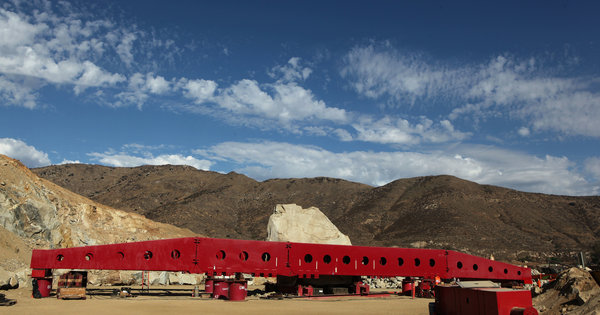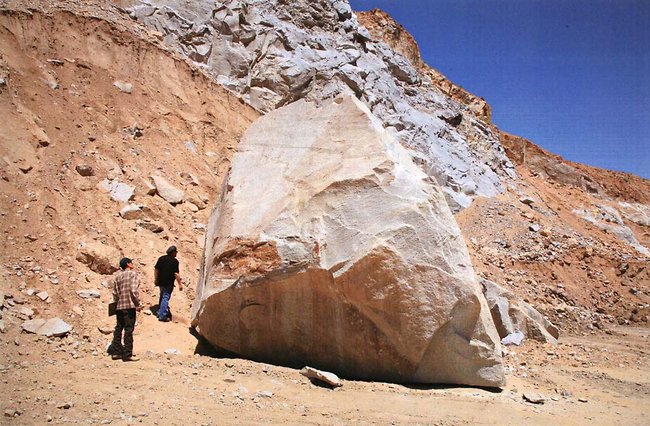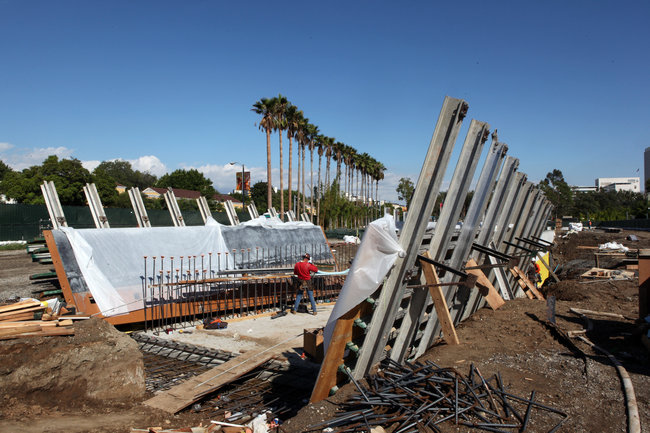There’s an interesting detail at the start of a recent Economist piece about a network of tomb raiders in China, or bands of archaeological burglars who have been breaking into and stealing artifacts from ancient sites all over the country.
“By day,” the piece begins, “Mr Wei sold pancakes in Shaanxi, a northern province. By night he led a gang of grave robbers who tunneled under an ancient temple near his shop. It took 11 months for them to reach the treasures buried beneath, which included gold statues of the Buddha and the bones of illustrious monks. Mr Wei and his cronies went on to dig several more passages from restaurants that they opened in the vicinity of shrines and pagodas.”
For as many as five years, allegedly, the crew hit graves and tombs, abetted by this false front of restaurants that were actually being used as forward operating bases for underground tunneling operations. This is quite the modus operandi—though, to be 100% clear, it is not something I am commending. Admiration of method should not be confused with advocacy for its implementation.
Nevertheless, the prospect of these restaurants’ secret purpose being discovered, or even suspected, could easily be the start of a novel or comic book: you and your single parent, say, live alone above an empty restaurant on a dilapidated side street in your depressed hometown, near an old historic site of some sort, when a new owner signs a lease downstairs. A week later, a noodle shop opens. But the food is terrible—it’s just a Coke machine and some instant ramen—and there are strange sounds at night and whispered voices coming up through the ducts. Unexplained piles of dirt begin to appear out back in the alley. Then one day you decide to investigate.
In any case, you can read more about Mr. Wei and his noodle-shop tomb raiding over at the Economist.

 [Image: Photo by
[Image: Photo by  [Image: The rock in question; photo by Monica Almeida, courtesy of the
[Image: The rock in question; photo by Monica Almeida, courtesy of the  [Image: Photo by Monica Almeida, courtesy of the
[Image: Photo by Monica Almeida, courtesy of the